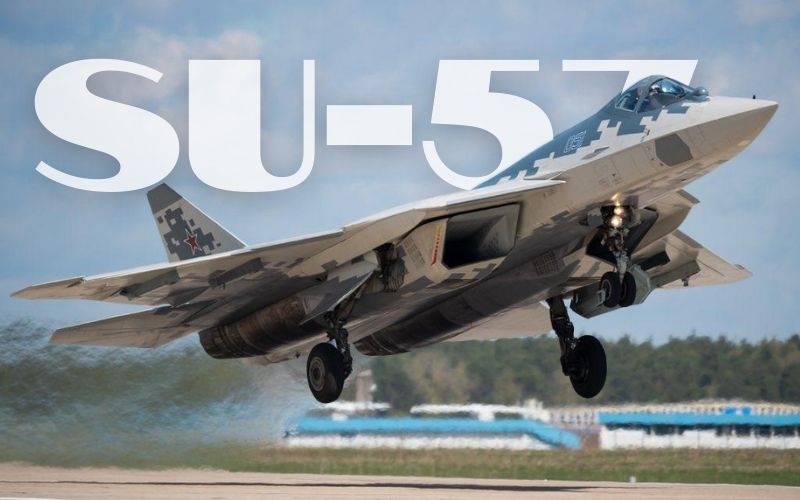The Indians’ criticisms highlighted the huge gap between stealth-warplane design and real radar-evading aircraft manufacture. It’s one thing to draw a futuristic warplane on paper. It’s another thing entirely to construct one and get it to work.
Sukhoi, the Russian planemaker, is preparing to send the first of up to 76 Su-57 stealth fighters for front-line use, ten years after the first flight. Sukhoi had intended to deliver the first production-ready Su-57 aircraft in late 2019. However, the business was forced to cease production on the programme after one of the twin-engine jets crashed in December 2019.
The Su-57’s development halting could have gone in a different direction. India and Russia were co-developing the stealth aircraft as recently as early 2018, giving funding and commercial viability to the troublesome design.
However, in April 2018, New Delhi backed out of the co-development agreement. The Su-57 was overly expensive, poorly built, and powered by obsolete and unstable engines, according to Indian air force officers.
The Indians’ criticisms highlighted the huge gap between stealth-warplane design and real radar-evading aircraft manufacture. It’s one thing to draw a futuristic warplane on paper. It’s another thing entirely to construct one and get it to work.
New aircraft development is tough in general, and many planes receive negative assessments early in their testing. The Russians were particularly concerned about the complaints emanating from New Delhi.
Sukhoi was developing two Su-57 models at the time, one for Russian usage and the other for Indian use. The Indian air force wanted to buy 144 of the stealth planes, and the money from the sale was supposed to fund the entire Su-57 development programme. In addition, New Delhi was contributing $6 billion for design work.
According to reports, the Russian Su-57 is simpler than the Indian version. Indian avionics and compatibility with a wider range of weaponry were added in the latter. However, the Indian fighter only existed on paper. From New Delhi’s perspective, development on the Russian version was not encouraging.
Indian air force and defence ministry officials highlighted at least four “shortfalls… in terms of performance and other technical aspects” in transcripts acquired by Business Standard from meetings in December and January 2014:
The Su-57’s AL-41F engines were notoriously unreliable. The radar was insufficient. The airframe was poorly constructed, compromising the jet’s stealth profile. And, given these flaws, $6 billion was an excessive amount to pay up front.
Russian officials, according to Business Standard, maintained that the AL-41F engines were only a temporary solution until new, more powerful motors could be produced. The radar, too, was just temporary, as new sensors for the Indian version of the warplane were being created.
The claims of shoddy construction, on the other hand, appeared to be especially serious. Low-quality construction can result in gaps and uneven angles that increase a plane’s radar signal, in addition to posing an accident risk.
Sukhoi had been facing quality control issues with the Su-57 since at least 2013. At least one of the prototypes required wing patches to protect it from collapsing during high-stress manoeuvres.
Nonetheless, Business Standard suggested that the Indian concerns were politically motivated, given that New Delhi was also intending to buy 126 new Rafale aircraft from France for an eye-watering $18 billion total price. India was able to pay for the French planes by scrapping the Su-57.
